mrca
No longer a newbie, moving up!
- Joined
- Mar 13, 2018
- Messages
- 872
- Reaction score
- 280
- Can others edit my Photos
- Photos NOT OK to edit
Has anyone tested to see the difference in quality between a 46 mp 850 and MF film? Not just for sharpness, but also for micro contrast and transition smoothness?



![[No title]](/data/xfmg/thumbnail/37/37098-71ca7ea318288ab459358b6e9c9a7a8d.jpg?1619737881)
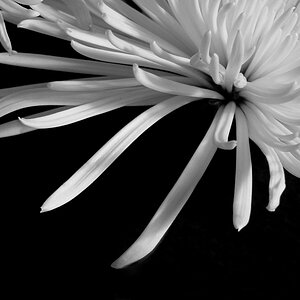
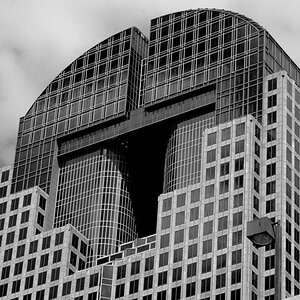

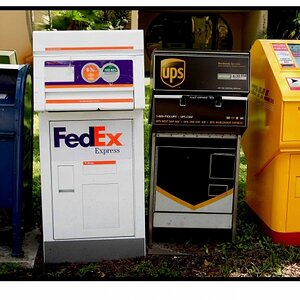
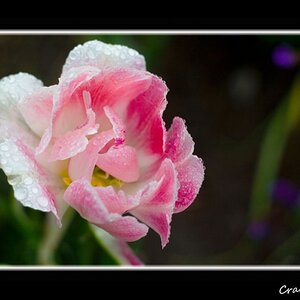
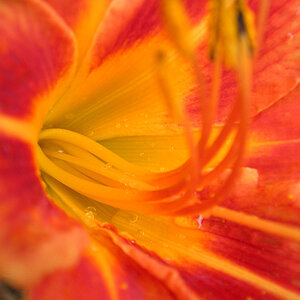
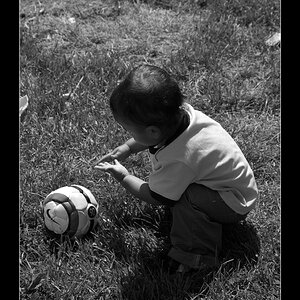
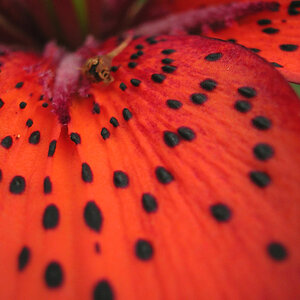

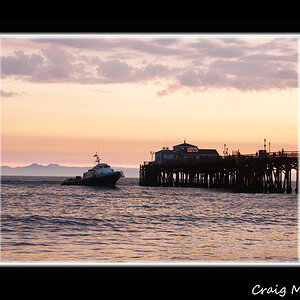
![[No title]](/data/xfmg/thumbnail/30/30871-c87f97bf2d9d493b4c08ba6482680038.jpg?1619734488)